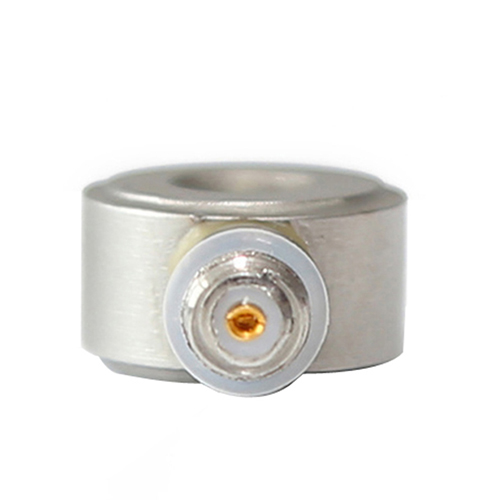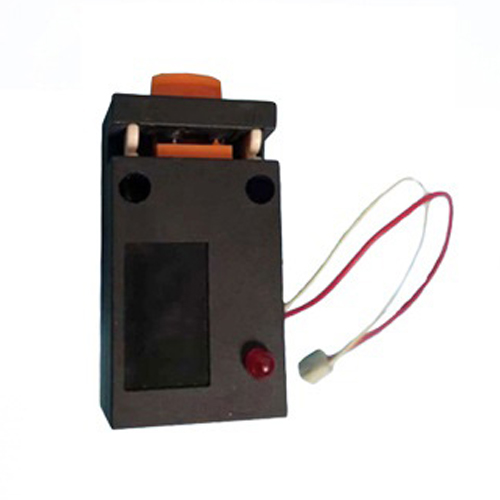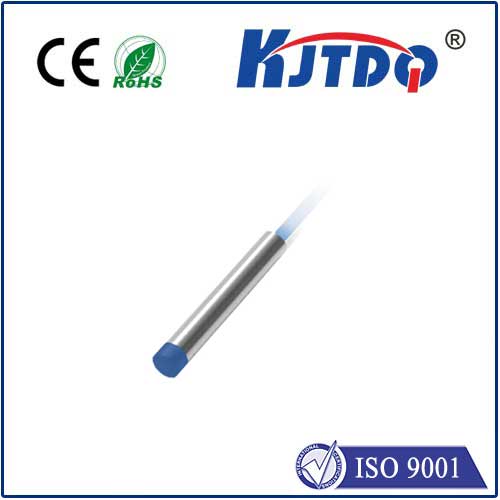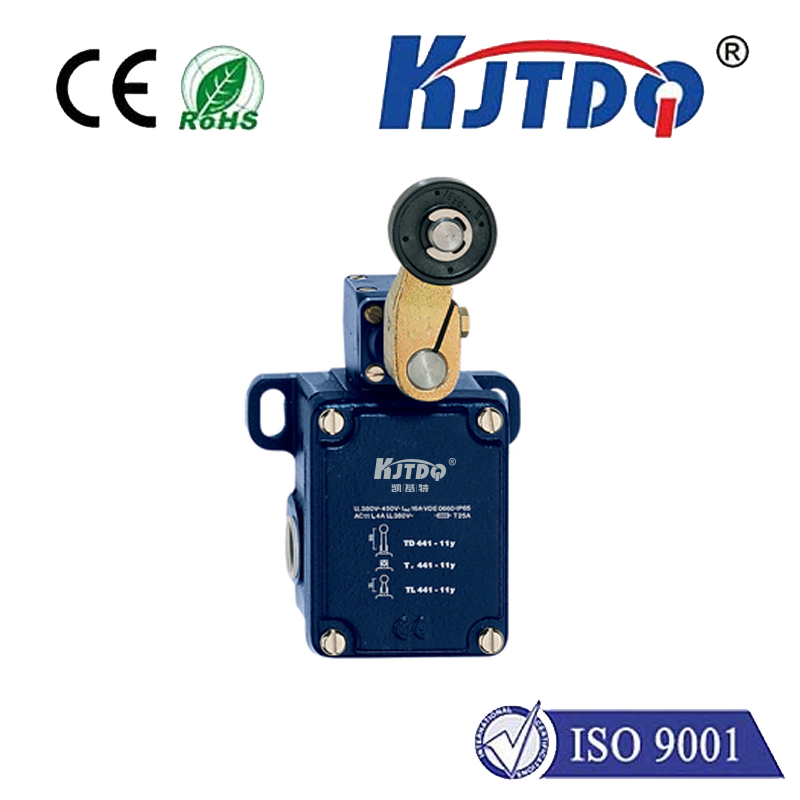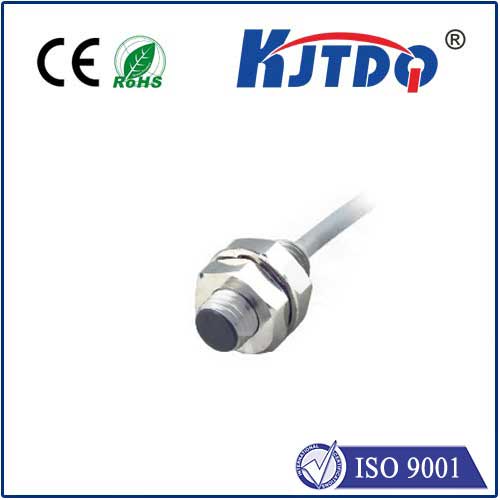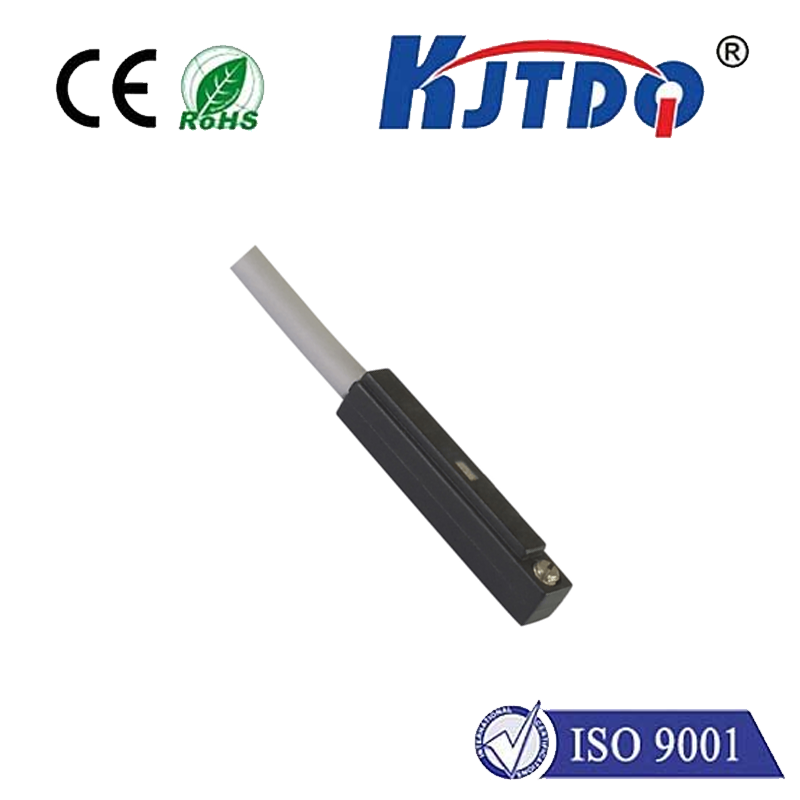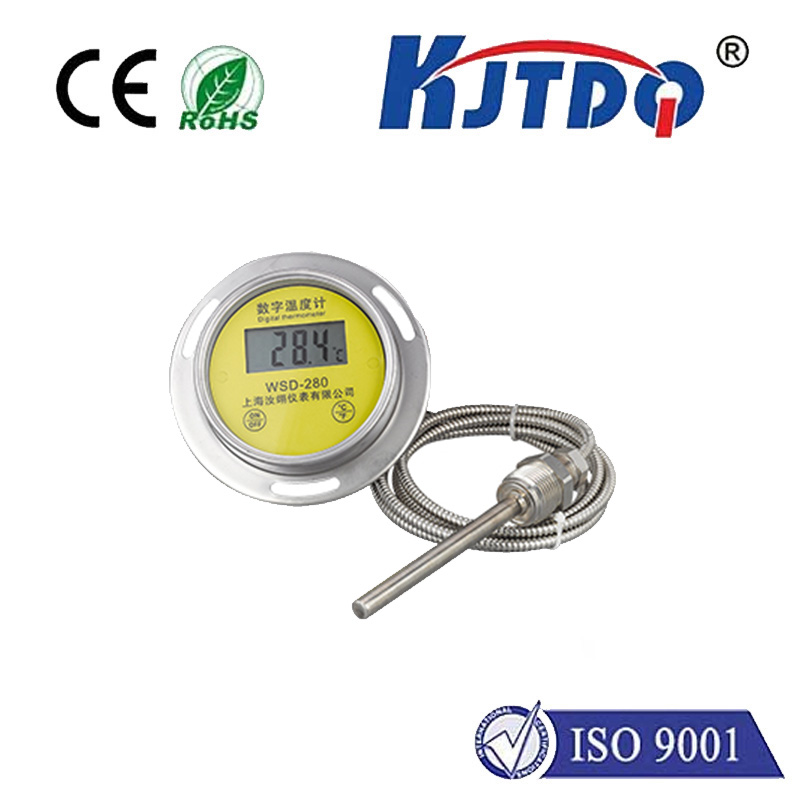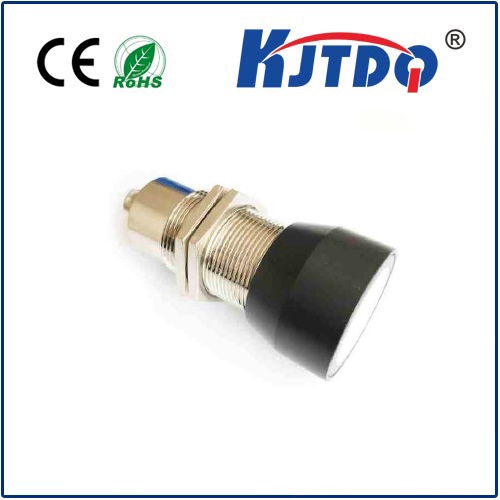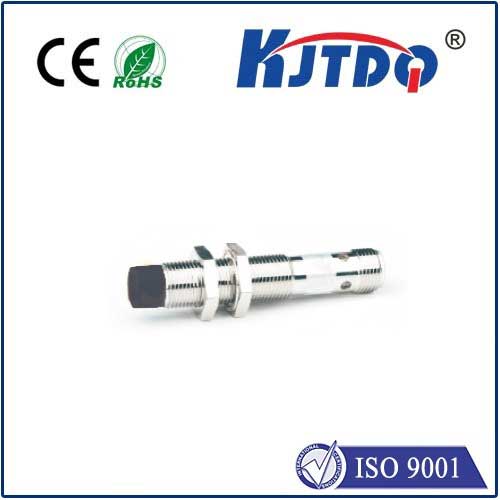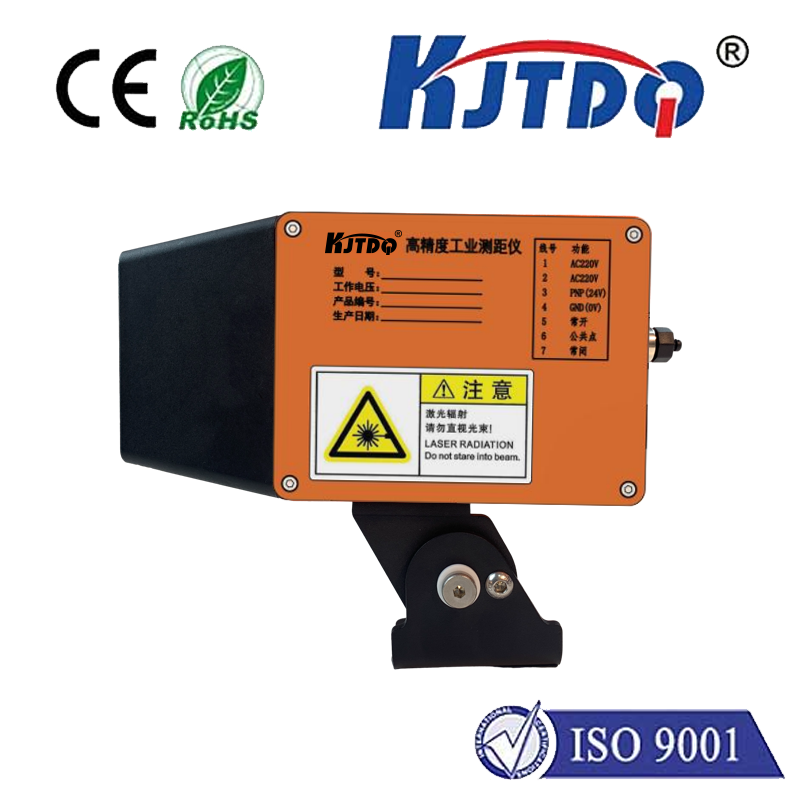

check

check

check

check

check

check

check

check

check

check
Infrared Laser Sensor: Revolutionizing the Future of Technology
The infrared laser sensor is a groundbreaking innovation that has transformed various industries, from healthcare to automotive manufacturing. This remarkable device utilizes infrared light waves to detect objects and measure distances, making it an essential component in many modern technologies. In this article, we will explore the workings of the infrared laser sensor, its applications, and its potential impact on the future of technology.
How Does an Infrared Laser Sensor Work?

An infrared laser sensor works by emitting a beam of infrared light, which bounces off any objects in its path and returns to the sensor. The sensor then calculates the time it takes for the light to return, allowing it to determine the distance between the sensor and the object. This process is known as Time of Flight (ToF) measurement, and it enables the sensor to accurately measure distances with precision down to the millimeter.
Applications of Infrared Laser Sensors
Infrared laser sensors have numerous applications across various industries. For example, in the automotive industry, they are used in advanced driver-assistance systems (ADAS) to detect obstacles and avoid collisions. They are also utilized in medical diagnostics to measure blood oxygen levels and monitor vital signs. Additionally, infrared laser sensors are used in robotics for object recognition and navigation.
One particularly exciting application of infrared laser sensors is in virtual reality (VR) technology. By integrating these sensors into VR headsets, developers can create more immersive experiences that respond to users' movements in real-time. This allows for a greater sense of presence and enhances the overall user experience.
Potential Impact on the Future of Technology
As technology continues to advance at an unprecedented pace, the demand for more sophisticated sensing capabilities grows. Infrared laser sensors offer a solution that is both accurate and reliable, making them an essential component in many emerging technologies. With their ability to measure distances with extreme precision, these sensors open up new possibilities for developing intelligent systems that can interact with their environment in ways never before possible.
In conclusion, the infrared laser sensor is a revolutionary technology that has already made significant contributions to various industries. As we look towards the future, it is clear that this innovative device will continue to play a crucial role in shaping the way we live, work, and interact with technology.
